Parasites in the animal kingdom are like the horror movie villains of the natural world. They lurk in shadows, ready to turn your comfortable life upside down with their creepy antics. While they might not be directly affecting you, knowing they’re out there is enough to make your skin crawl. So grab your magnifying glass, because we’re diving into the grisliest, most nightmarish parasites that make you think twice about going outside.
1. Zombie Ants: Mind Control at Its Finest
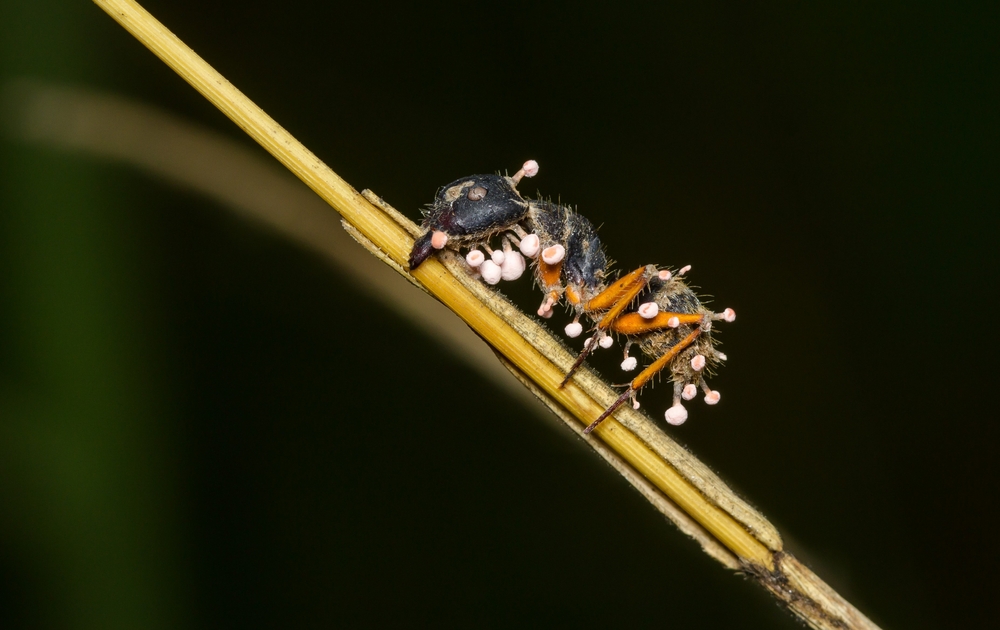
Ever heard of a fungus that can turn an ant into a zombie? Meet Ophiocordyceps, the puppet master of the insect world. This sinister fungus infiltrates a carpenter ant’s body and begins its creepy mission to control it. According to National Geographic, once fully in charge, it directs the ant to climb up a plant where it clamps its jaws tight, waiting for the end. The fungus then grows its fruiting body right out of the ant’s head, releasing spores to infect more ants.
If you think about it, it’s a horror movie happening in miniature. Imagine being controlled to your doom, not by some evil genius, but by a simple fungus. These unfortunate ants have no choice but to obey their fungal overlords. It’s like a nightmare you can’t wake up from, only real and happening somewhere right now in some tropical forest.
2. The Eye-Eating Worm: Sight-Stealing Squatter
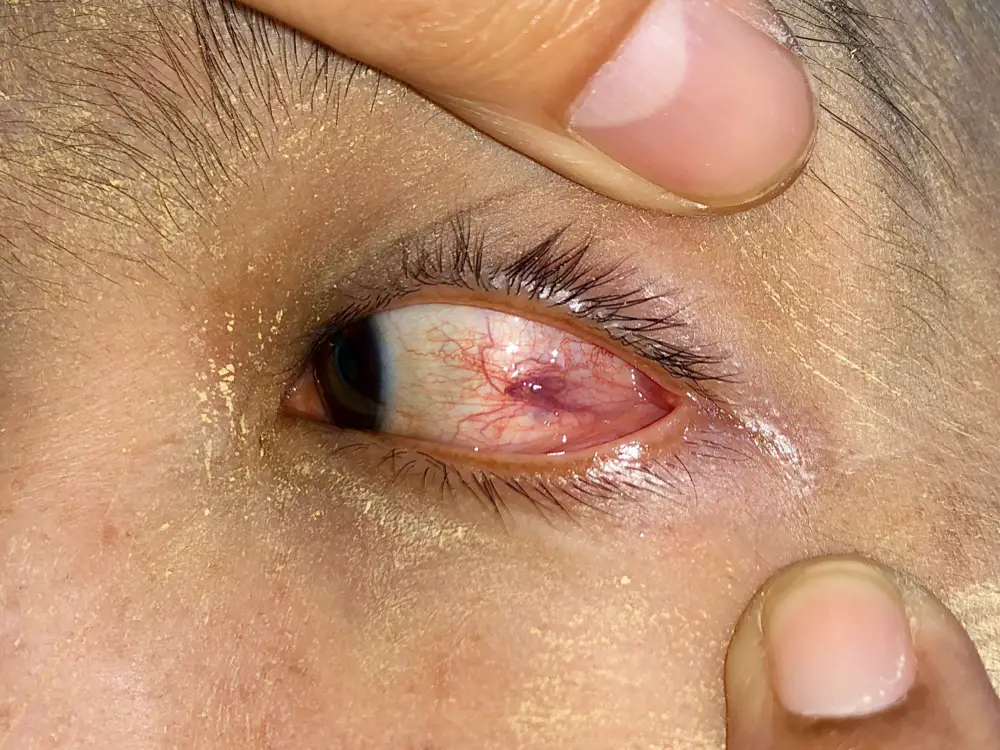
In what sounds like a plot from a horror flick, the Loa loa worm can literally take up residence in your eye. Known as the African eye worm, it’s a parasitic nematode transmitted by the bite of a mango fly. As reported by National Geographic, once inside the human body, it migrates through tissues and occasionally crosses the surface of the eye. You might just see this threadlike worm slithering across your vision—a living, moving nightmare right between you and the world.
If discovering a worm in your eye isn’t enough to send chills down your spine, think about the removal process. Sometimes, doctors have to remove these worms surgically, pulling them from the eye in a scene fit for a horror story. It’s a stark reminder that parasites don’t just hijack bodies—they hijack the very essence of your being, your sight. It’s a real eye-opener about how terrifying the natural world can be.
3. Rat Liver Fluke: The Brainwashing Parasite
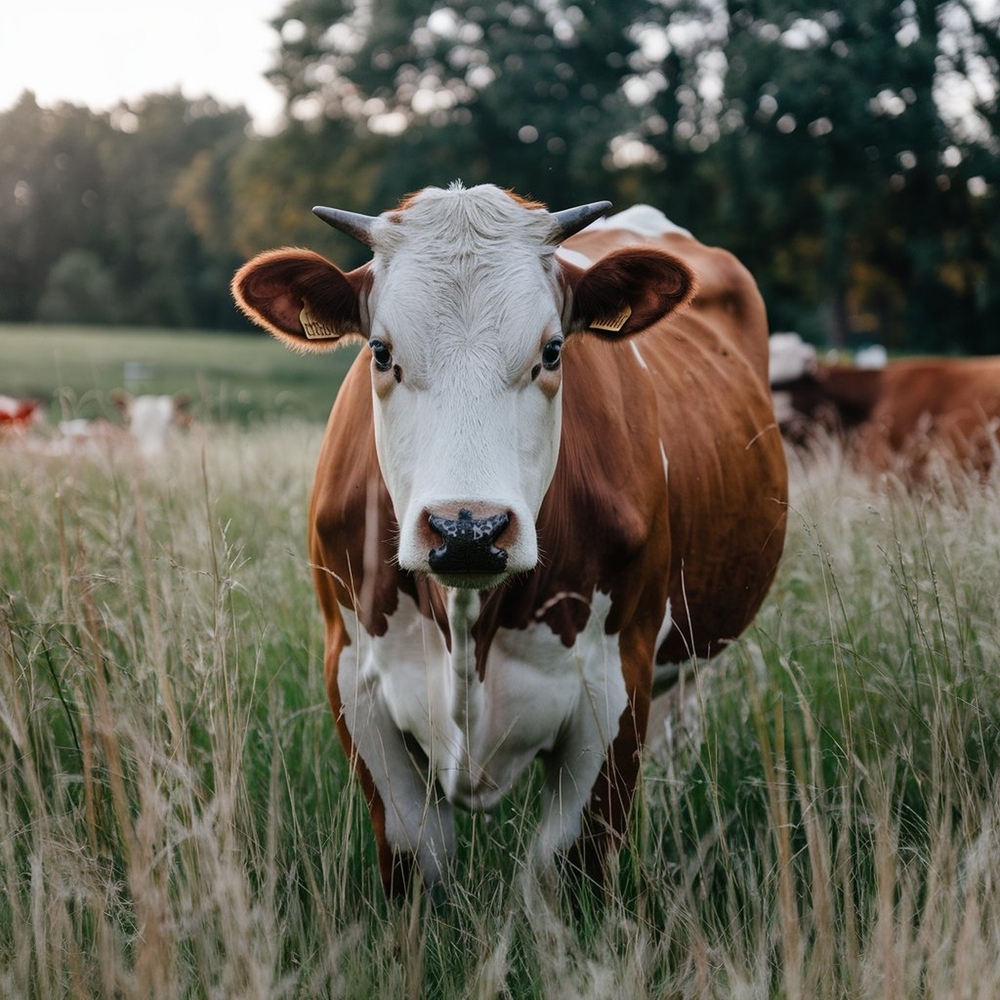
When it comes to controlling minds, the flatworm Dicrocoelium dendriticum has it down to an art. This liver fluke starts its journey in a cow, exiting the mammal and waiting for a snail to consume it. Once inside the snail, it gets encased in slime balls, which ants eat. Here’s where the nightmare gets interesting: the fluke alters the ant’s behavior, forcing it to climb to the top of a blade of grass in the hopes of being eaten by a grazing cow.
You might wonder why any ant would volunteer for such a fate, but that’s the thing—the fluke makes them do it. The ant becomes a puppet, driven to a grassy doom so the fluke can complete its life cycle. It’s like watching an alien movie, except it’s happening in your backyard and involves livestock. The rat liver fluke is just another reminder that in the world of parasites, free will is an illusion.
4. Cuckoo Birds: The Feathered Freeloader
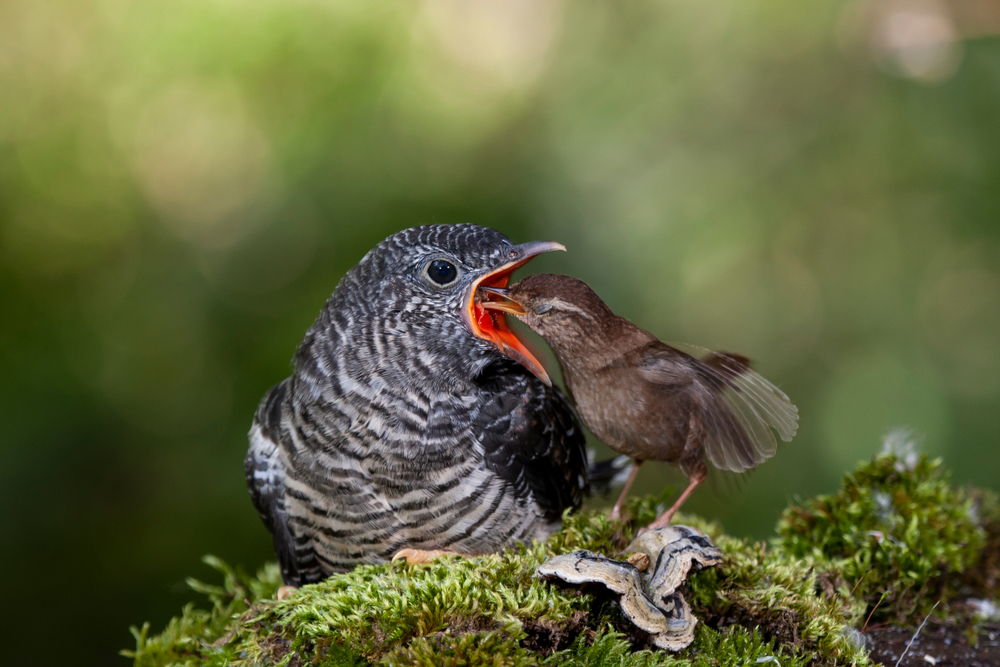
In the avian world, cuckoo birds are the ultimate con artists. These sneaky parasites lay their eggs in the nests of other bird species, leaving the unsuspecting hosts to raise their young. The cuckoo chick often hatches first and, in a move straight out of a villain’s playbook, may push the host’s eggs or chicks out of the nest. The poor host parents, none the wiser, continue to feed and care for the cuckoo chick as if it were their own.
It’s like a twisted version of a family drama where one party has no idea they’re being duped. Imagine raising a child only to find out they’re the offspring of an intruder, designed to leech off your resources. It’s a feathered nightmare that unfolds in nests across the world, a reminder that even the most innocent-looking creatures can have a dark side.
5. Tongue-Eating Louse: The Seafood Villain
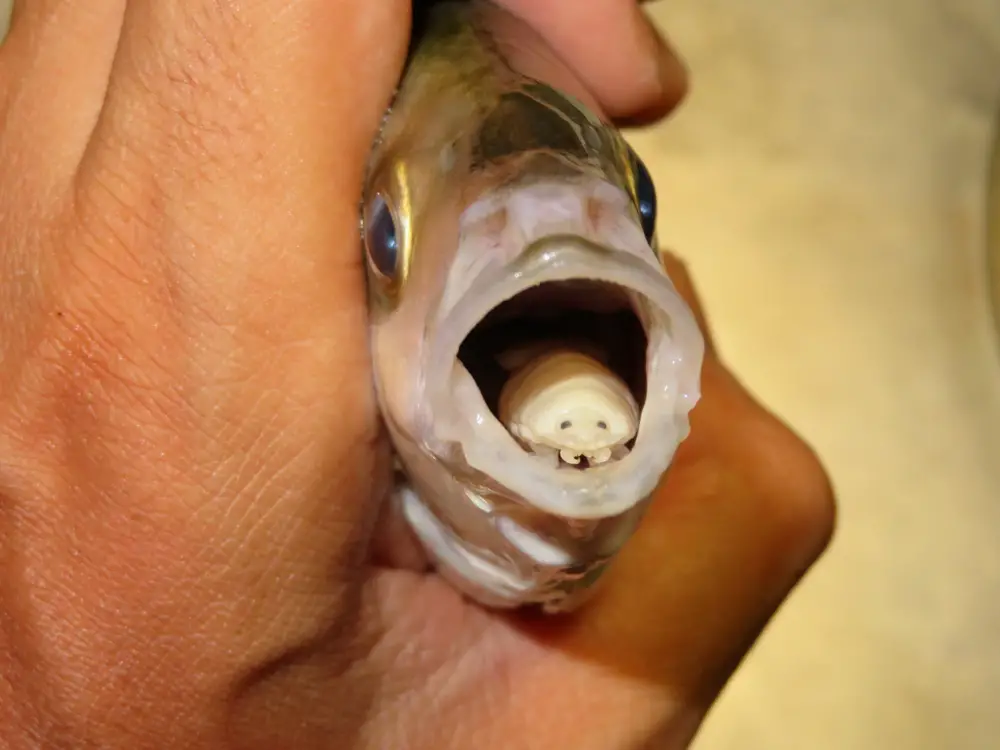
If you enjoy seafood, you might want to skip this one. The tongue-eating louse is a parasitic crustacean that targets fish, particularly the snapper species. It enters through the gills and attaches itself to the fish’s tongue, proceeding to consume it. Once the tongue is gone, the louse effectively becomes the fish’s new tongue, living there and feeding off the host’s blood and mucus.
It’s a gruesome transformation that’s hard to imagine. The louse doesn’t just invade—it replaces a vital part of the fish, becoming an indispensable part of its existence. It’s like something out of a sci-fi horror story, except it’s happening in the ocean’s depths. It’s a reminder that in the animal kingdom, some creatures don’t just want to live—they want to take over.
6. Jewel Wasp: The Master Manipulator
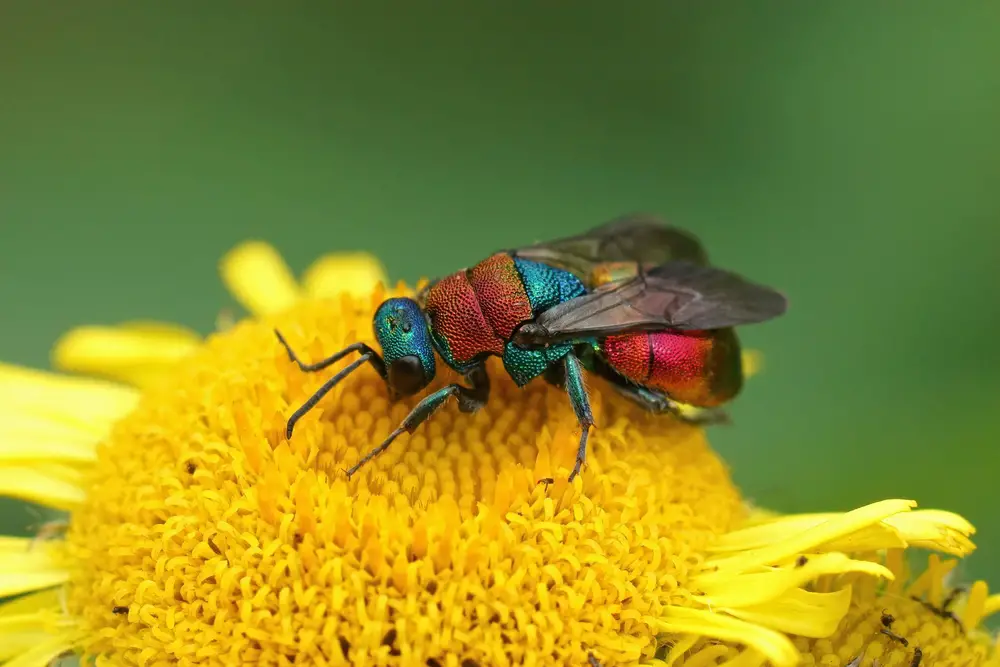
The jewel wasp could give any horror movie villain a run for their money with its terrifyingly precise form of control. This parasitic wasp preys on cockroaches, and its modus operandi is nothing short of chilling. First, it stings the cockroach to paralyze its front legs. Then, it administers a second sting directly into the roach’s brain, effectively turning it into a zombie.
Once the roach is incapacitated, the wasp leads it to its lair, where it lays an egg on the cockroach’s abdomen. The egg hatches, and the larva consumes the live cockroach from the inside out. This macabre cycle showcases an extreme level of predatory control and chilling efficiency. No matter how many cockroaches the wasp encounters, they all end up as unwilling hosts in this nightmarish drama.
7. Brood Parasites: The Avian Deceivers
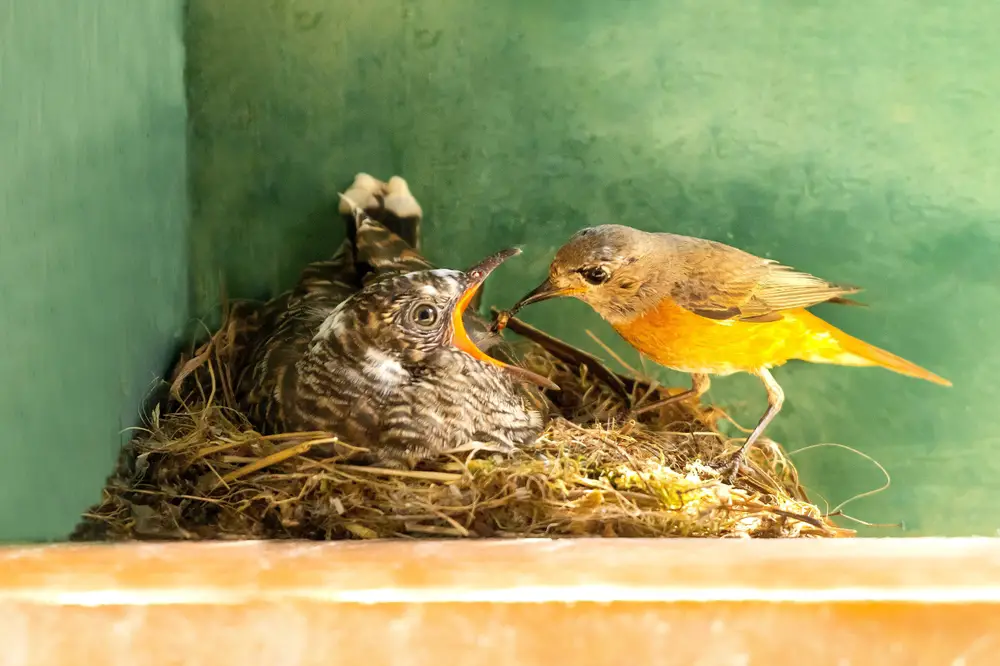
When it comes to fooling others, some bird species take the cake. Brood parasites, like the common cuckoo, lay their eggs in the nests of other birds, tricking them into raising their young. The host birds waste their energy and resources raising the imposter chicks, often at the expense of their own. These “mother of the year” contenders have the gall to let others do the hard work while they fly off carefree.
It’s like a twisted version of “The Parent Trap,” except there’s nothing comical about it. The poor host birds have no clue they’re being exploited, diligently feeding and caring for the chick that doesn’t belong to them. It’s a reminder that in the animal kingdom, some creatures have mastered the art of deception to a degree that would make even the most cunning con artist green with envy.
8. Parasitoid Wasps: Nature’s Creepy Puppeteers
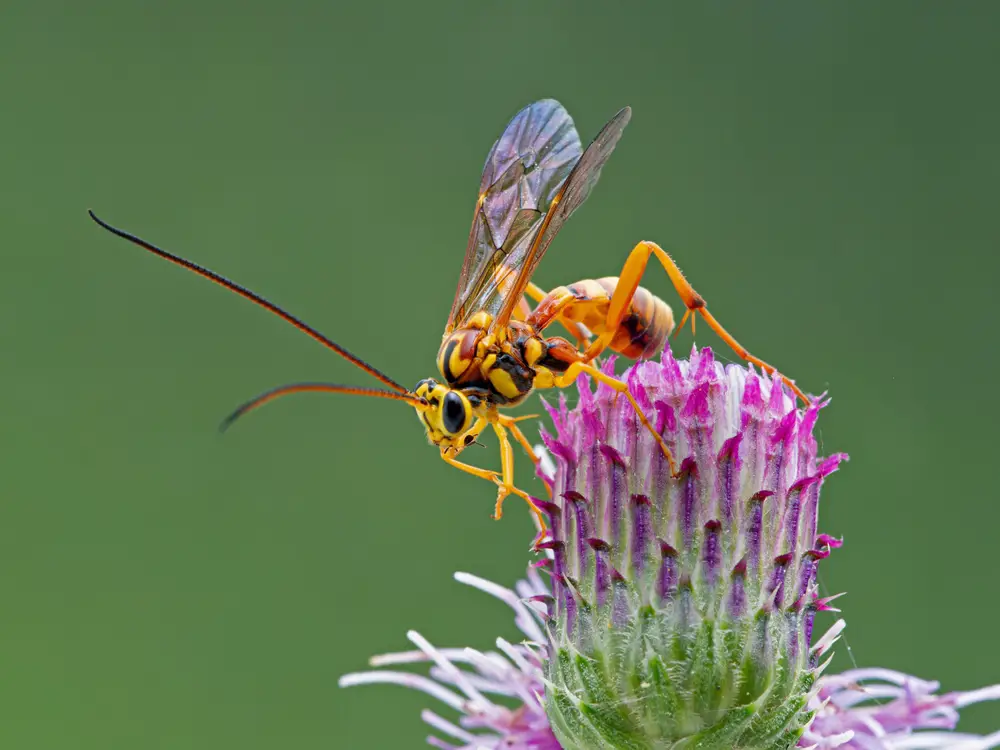
Parasitoid wasps take parasitism to another level, turning hosts into living nurseries. Female parasitoid wasps lay their eggs on or inside other insects, such as caterpillars. As the eggs hatch, the larvae feed on the host, consuming it from the inside while avoiding vital organs to keep it alive for as long as possible. Talk about making the most of your resources!
It’s a grim reality for the hosts, who become nothing more than living, breathing buffets. The wasp’s lifecycle is a nightmare in slow motion for any creature unfortunate enough to be chosen as a host. It’s a reminder that life in the wild is a constant battle for survival, where even your own body can become your enemy. In the cutthroat world of parasitoids, survival of the fittest takes on a whole new meaning.
9. The Hairworm: Puppeteer of the Insect World
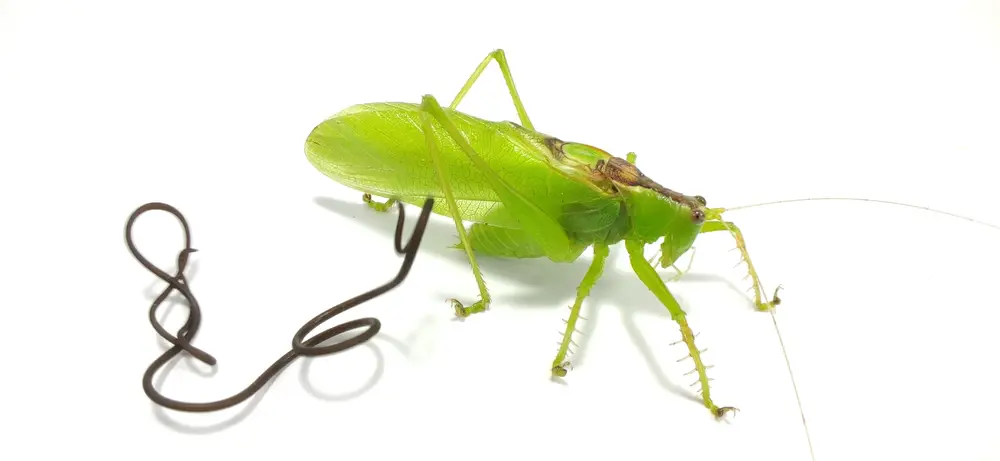
If you thought the mind-control antics of the zombie ant fungus were bad, wait until you meet the hairworm. This parasite infects insects like crickets, taking over their central nervous system. Once the hairworm reaches maturity, it compels its host to hop into a body of water, where the worm emerges to continue its lifecycle. The unsuspecting insect, now without its parasite puppet master, often drowns.
Imagine being driven to a watery grave by a parasite that’s been living inside you, orchestrating your every move. It’s enough to make you shiver at the thought of losing control over your own body. The hairworm’s modus operandi is a chilling reminder of how little control hosts have once parasites set their sights on them. It’s a real-life horror story played out in ponds and streams across the world.
10. The Lancet Liver Fluke: Mind-Bending Flatworm

The lancet liver fluke is another master of mind control, targeting ants to complete its life cycle. It infects ants by encasing itself in a slime ball excreted by snails, which ants consume. Once inside, the fluke alters the ant’s behavior, making it climb to the top of a blade of grass. The goal? To be eaten by a grazing mammal like a cow, where the fluke can reach its adult stage.
Think of it as a real-world game of “Simon Says,” except losing means death. The ant becomes a mere pawn in the fluke’s strategy, its fate sealed by the parasite’s sinister plan. The lancet liver fluke’s life cycle is a testament to the lengths parasites will go to ensure their survival. It’s both fascinating and frightening to see how nature finds a way to bend other creatures to its will.
11. Guinea Worm: The Medically Nightmarish Parasite

Imagine drinking water only to end up with a worm growing inside you—that’s life with a guinea worm. This parasite begins its journey as larvae in water, entering humans who drink contaminated water. Once inside, it grows to several feet long, eventually emerging painfully through the skin. This process can take weeks and is both debilitating and excruciating.
The guinea worm’s life cycle is a living nightmare for its human host. The pain and suffering it causes are a stark reminder of the dangers lurking in seemingly harmless actions like drinking water. Efforts to eradicate the guinea worm have made significant progress, but until it’s fully eliminated, it’s a lingering threat. This parasite is a reminder of the importance of clean drinking water and vigilance against unseen dangers.
12. Botflies: The Unwanted Dermatologists
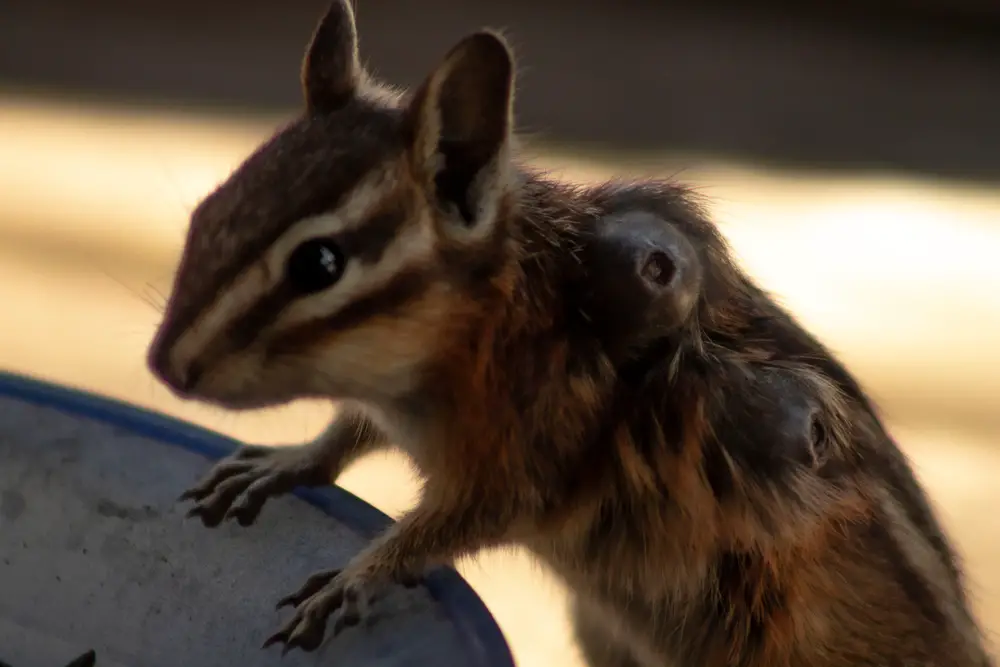
Botflies take the concept of an unwanted houseguest to a new level. These insects lay their eggs on mammals, and when the larvae hatch, they burrow into the host’s skin to develop. This causes painful swelling and a noticeable lump under the skin, complete with an air hole for the larvae to breathe. Essentially, your skin becomes their temporary home.
It’s like a horror movie scene where you’re the unwilling star. The idea of a living organism under your skin is enough to make anyone squirm. Despite their gruesome habits, botflies are a reality in some parts of the world. They serve as a reminder of the hidden dangers that can make even a walk in the woods a potentially risky endeavor.
13. Toxoplasma Gondii: The Brain-Altering Parasite
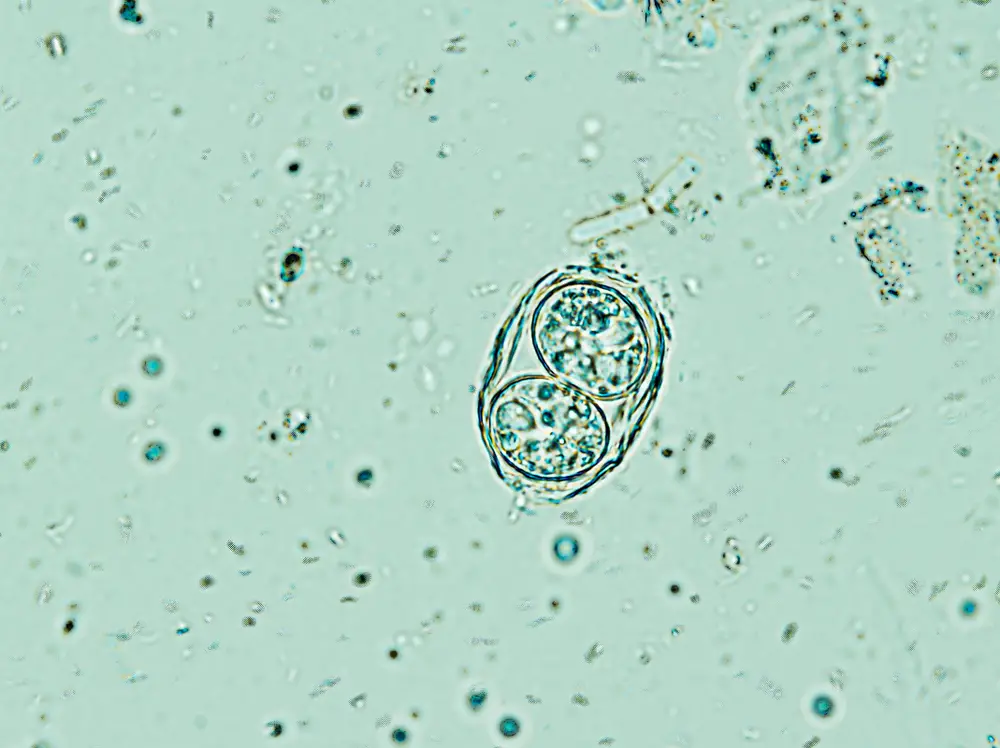
Toxoplasma gondii is a parasite with an uncanny ability to alter its host’s behavior. It primarily infects rodents but can also affect humans, often through exposure to infected cat feces. In rodents, it changes their behavior, making them less fearful of predators like cats. This increases the likelihood of the rodents being eaten, allowing the parasite to complete its life cycle within the cat.
It’s a chilling thought that a single-celled organism can control behavior and instincts. In humans, T. gondii infections have been linked to changes in personality and behavior, although the extent of its influence is still being studied. This parasite is a reminder that even the smallest organisms can wield significant power over their hosts. It’s a biological thriller that continues to unfold in labs around the world.
14. Lernaea: The Anchor Worm That Stays for Dinner
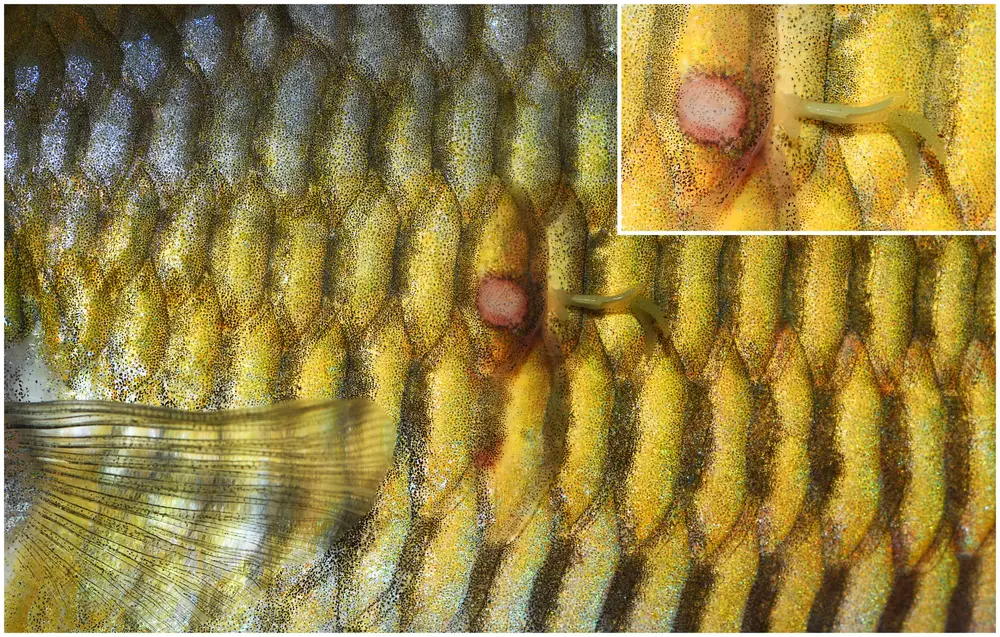
The anchor worm, or Lernaea, is a parasitic copepod that turns fish into living hosts. It embeds itself into the fish’s skin, growing long, worm-like appendages that protrude from the host’s body. These appendages damage the fish’s skin, leading to infections and often death. The anchor worm is essentially a dinner guest that never leaves, slowly consuming its host from the outside.
It’s a gruesome existence for the fish, suffering from the worm’s relentless parasitism. The anchor worm is a stark reminder of nature’s brutality, a relentless assault that leaves no room for mercy. In the underwater world, survival often means outswimming these uninvited guests. The anchor worm’s life cycle is a testament to the harsh realities of life beneath the waves.
15. Fleas: The Jumping Nightmares
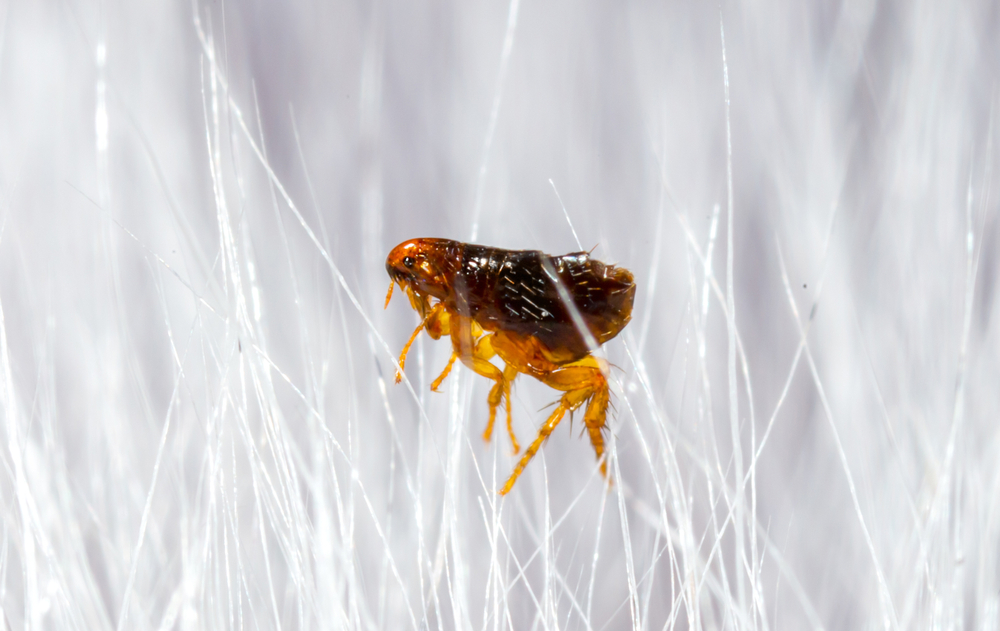
Fleas might not seem as terrifying as some of the other parasites on this list, but don’t let their small size fool you. These tiny bloodsuckers are known for their ability to jump incredible distances and infest hosts with alarming speed. Once they find a home on a pet or human, they’re notoriously difficult to evict, capable of causing itchy, irritating bites and transmitting diseases.
It’s a living nightmare of constant scratching and discomfort that can make life miserable for any host. Fleas are a reminder that sometimes the most insidious threats are the ones you can barely see. These pests play a role in many ecosystems, but when they decide to move in, it’s an unwanted infestation that requires immediate attention. Fleas are a testament to the fact that, in nature, size isn’t the only measure of terror.
